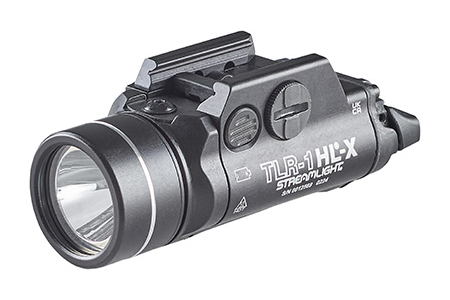Firefighting is a tough job, both physically and mentally. As reported, unemployment rates are the lowest they’ve been in decades, meaning there are fewer people looking for new jobs. Those who are left in the department can be doing jobs meant for two or even three people, working days on end without a break; this added workload means additional stress and strain on the firefighters. While fewer people are seeking it out as a full-time profession, volunteering as a firefighter isn’t as accessible as it used to be, either.
Requirements have gotten stricter over the years. Training is challenging and time-consuming, and many people simply aren’t able to be on call for emergencies. Between jobs, commuting, and taking care of their families, they don’t have a lot of extra time for volunteer service.
Many departments have had to scale back the scope of their services. Response times get slower, and the community suffers those consequences. This firefighter shortage is a problem for a lot of reasons—both for firefighters themselves and the people they serve.
The first crew on the scene may only have three people—sometimes only two. This is especially common in volunteer departments; in other departments, it’s generally the result of an attempt to save money, but it has its own price. One study showed that a four-person crew can “…complete 22 essential firefighting and rescue tasks in a typical residential structure 30% faster than two-person crews and 25% faster than three-person crews.” That’s an incredible amount of damage and devastation that could be prevented with just one or two extra people on the scene.
In short, a larger crew creates a safer scene—no surprise there. The spokesperson for the International Association of Firefighters quoted as saying there should be a minimum of four crew members, as safety concerns grow when there are only two or three, but when four is simply not possible, what can be done?
With smaller crews and less available volunteers, resourceful fire departments find innovative ways to maximise their time in the first five minutes of a fire scene. The right fire truck pump controls can help with both. Take a look at SAM.
SAM takes complex pump operations—something that traditionally requires the full attention of a valuable crew member—and makes them simple, freeing up crew members to perform other tasks. So simple, in fact, that the firefighter can access water and set the pressure with just a few swipes on a screen. That crew member is then free to turn his or her attention to the emergency situation.
Media contact
Rebecca Morpeth Spayne,
Editor, International Fire Buyer
Tel: +44 (0) 1622 823 922
Email: editor@firebuyer.com











